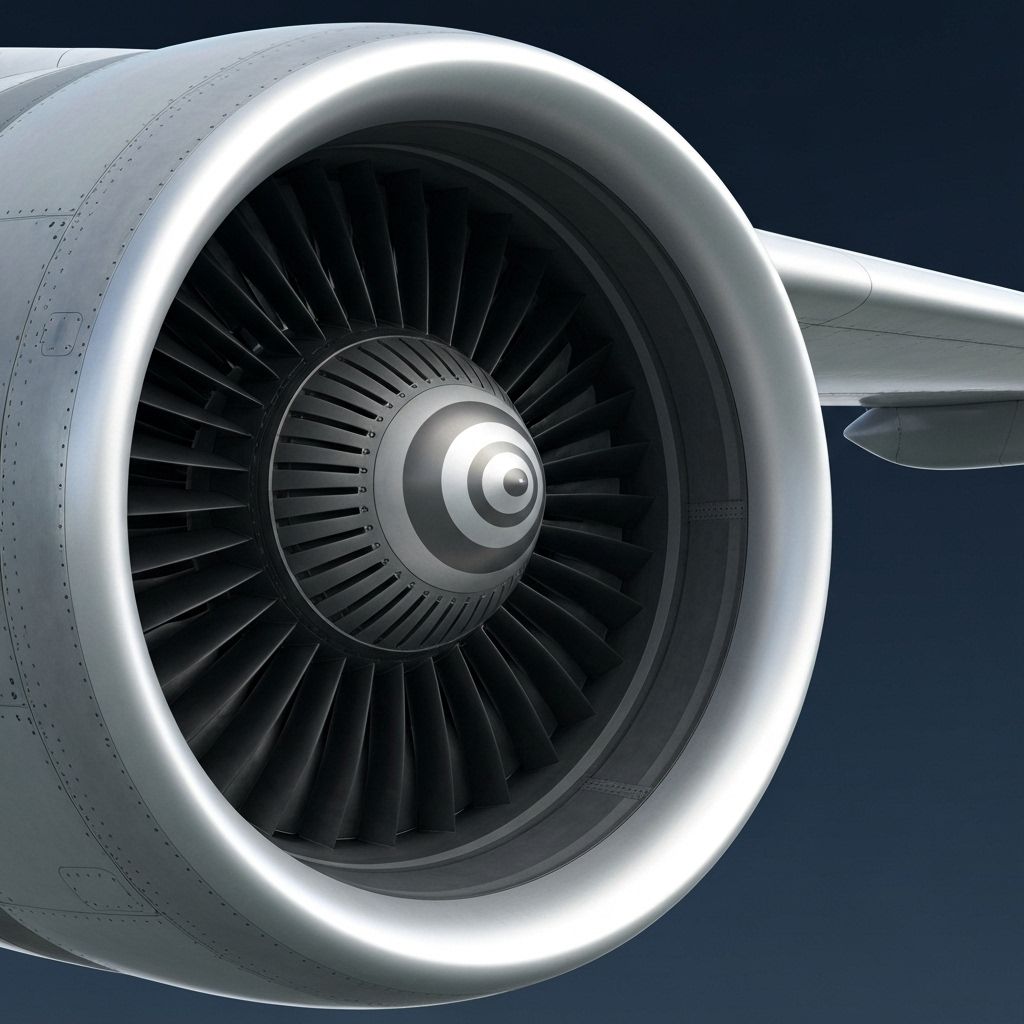The Simple Genius of the Turbofan

I'm a pilot, and while I love the reciprocating engines I fly, the engineer in me is always slightly uneasy. There is just so much going on inside them—so many moving parts, so many potential points of failure, and so many different materials with different heat coefficients, all expanding at different rates. And someone thought to put that on an airplane. It's a marvel that it works so well, but it's a complex one.
That's why I truly love the turbofan engine. It's a marvel of simplicity and efficiency. While a turboprop is impressive, the turbofan's core principle—a giant fan at the front pushing a huge volume of air around the core engine—is a masterclass in "anti-bloat" design. The engine's primary job is to spin that fan. It's a beautifully focused and powerful solution that solves the problem of thrust with incredible elegance.
This is what I love about great engineering: it solves a complex problem with a simple, robust answer. My dream job isn't just flying jets one day; it's working on the software for the control systems that manage these incredible machines. I want to be one of the people who understands and refines that bridge between the pilot's intent and the engine's raw power.
For me, the perfect aircraft is the Cessna 208 Caravan. It's the aviation equivalent of a Land Cruiser—a rugged, reliable workhorse that can handle challenging environments without unnecessary complexity. It embodies the same philosophy as the turbofan: it does its job perfectly. My ideal life would be to combine both my worlds: continuing my work as a systems engineer while also serving as a part-time instructor on the C208. It's all about mastering and teaching the systems that work.